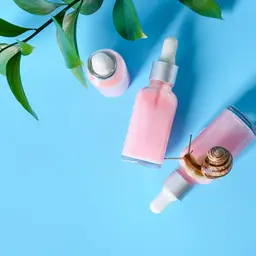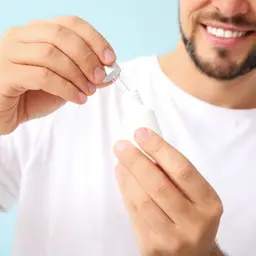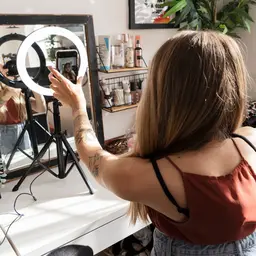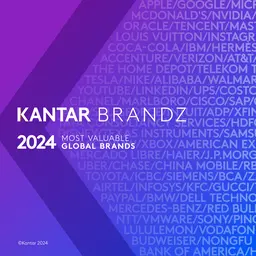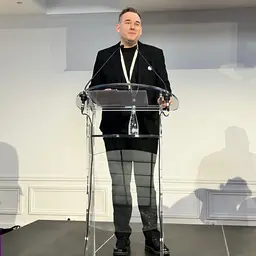
On a European scale, Germany is the country with the most dynamic beauty sector with its 15.049 billion euros recorded in 2020. It is a mature market that may seem difficult to access. Business France’s Team France Export has therefore set out to highlight all the characteristics that need to be mastered before setting out to conquer German distributors.
Germany has always been known as the cradle of natural cosmetics. If this segment was already growing in the country, the health crisis has contributed to the amplification of the phenomenon. According to figures from Business France, 1.3 million new German consumers have converted to organic and natural skincare products during the year 2020.
More than ever, the trend is towards sustainability and Germans are fond of solid, bulk, refillable products, etc.
Market characteristics
“The German market is mature and saturated. Pricing pressures due to local and international competition between the main operators are particularly strong,” explains Business France. “It is dominated by major players: L’Oréal, Beiersdorf, Procter & Gamble and Henkel. Together, they hold almost a third of the country’s beauty market.”
In contrast, the natural cosmetics segment is in the hands of German brands such as Lavera, Dr. Hauschka, Weleda, Annemarie Börlind and Logona.
Positioning of the French offer
France is Germany’s leading supplier country, ahead of Switzerland and the UK. Once again, French products are considered as a guarantee of efficiency, trust and expertise. Thus, they inherit a relatively “luxurious” image, but are much less represented in mass-market channels (much more dominated by local brands).
Opportunities for …






